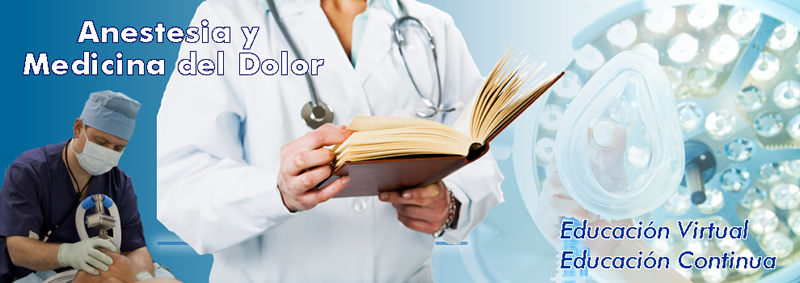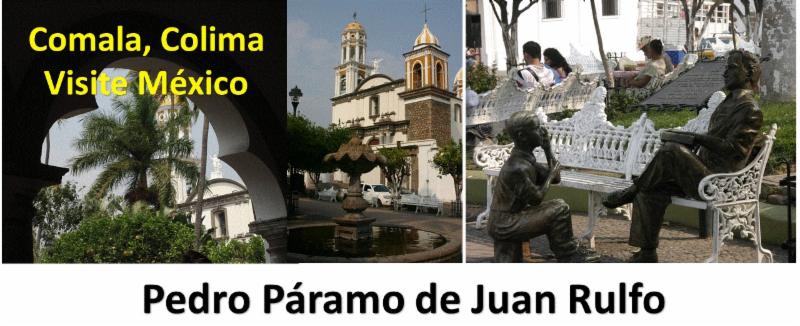 |
Neuroprotección proporcionada por precondicionamiento y postcondicionamiento con isoflurano
Medical Gas Research ¦ March ¦ Volume 7 ¦ Issue 1
Isoflurane, a volatile and inhalational anesthetic, has been extensively used in perioperative period for several decades. A large amount of experimental studies have indicated that isoflurane exhibits neuroprotective properties when it is administrated before or after (pre-conditioning and post-conditioning) neurodegenerative diseases (e.g., hypoxic ischemia, stroke and trauma). Multiple mechanisms are involved in isoflurane induced neuroprotection, including activation of glycine and γ-aminobutyric acid receptors, antagonism of ionic channels and alteration of the function and activity of other cellular proteins. Although neuroprotection provided by isoflurane is observed in many animal studies, convincing evidence is lacking in human trials. Therefore, there is still a long way to go before translating its neuroprotective properties into clinical practice.
|
Mecanismos cerebrales de post-condicionamiento hipoxico/isquémico.
Cerebral Mechanisms of Hypoxic/Ischemic Postconditioning.
Abstract
This review analyzes recent data on mechanisms of cerebral hypoxia and the protective methods of hypoxic and ischemic postconditioning, as well as their interrelationship with the key mechanisms responsible for neuroprotection and neuroplasticity. Upregulation of expression of antiapoptotic factors and neurotrophins and modulation of activity of several protein kinases and transcription factors such as hypoxia-inducible factor-1 (HIF-1) are considered as the most important aspects in the neuroprotective potential of postconditioning. The presented information indicates substantial transformative promise of the noninvasive techniques of hypoxic postconditioning as well as significant similarity between the adaptive pathways activated by various postconditioning methods, which are far from being fully understood.
|
Endocannabinoides. Un impacto prometedor para la lesión cerebral traumática.
Endocannabinoids: A Promising Impact for Traumatic Brain Injury.
Front Pharmacol. 2017 Feb 17;8:69. doi: 10.3389/fphar.2017.00069. eCollection 2017.
Abstract
The endogenous cannabinoid (endocannabinoid) system regulates a diverse array of physiological processes and unsurprisingly possesses considerable potential targets for the potential treatment of numerous disease states, including two receptors (i.e., CB1and CB2 receptors) and enzymes regulating their endogenous ligands N-arachidonoylethanolamine (anandamide) and 2-arachidonyl glycerol (2-AG). Increases in brain levels of endocannabinoids to pathogenic events suggest this system plays a role in compensatory repair mechanisms. Traumatic brain injury (TBI) pathology remains mostly refractory to currently available drugs, perhaps due to its heterogeneous nature in etiology, clinical presentation, and severity. Here, we review pre-clinical studies assessing the therapeutic potential of cannabinoids and manipulations of the endocannabinoid system to ameliorate TBI pathology. Specifically, manipulations of endocannabinoid degradative enzymes (e.g., fatty acid amide hydrolase, monoacylglycerol lipase, and α/β-hydrolase domain-6), CB1and CB2 receptors, and their endogenous ligands have shown promise in modulating cellular and molecular hallmarks of TBI pathology such as; cell death, excitotoxicity, neuroinflammation, cerebrovascular breakdown, and cell structure and remodeling. TBI-induced behavioral deficits, such as learning and memory, neurological motor impairments, post-traumatic convulsions or seizures, and anxiety also respond to manipulations of the endocannabinoid system. As such, the endocannabinoid system possesses potential drugable receptor and enzyme targets for the treatment of diverse TBI pathology. Yet, full characterization of TBI-induced changes in endocannabinoid ligands, enzymes, and receptor populations will be important to understand that role this system plays in TBI pathology. Promising classes of compounds, such as the plant-derived phytocannabinoids, synthetic cannabinoids, and endocannabinoids, as well as their non-cannabinoid receptor targets, such as TRPV1 receptors, represent important areas of basic research and potential therapeutic interest to treat TBI.
KEYWORDS: cannabinoid; endocannabinoid; neuroprotection; phytocannabinoid; traumatic brain injury
|
Curso sobre Anestesia en Trasplantes, Cirugía abdominal, Plástica, Oftalmología y Otorrinolaringología.
Committee for European Education in Anaesthesiology (CEEA)
y el Colegio de Anestesiólogos de León A.C.
Abril 7-9, 2017, León Guanajuato, México
|
Vacante para Anestesiología Pediátrica
El Hospital de Especialidades Pediátricas de León, Guanajuato México ofrece una base en el departamento de anestesiología
Informes con la Dra Angélica García Álvarez
angy.coachanestped@gmail.com o al teléfono 477 101 8700 Ext 1028
|
|
|
|  |
|





